Zoot Woman
Narrenturm, 2008
“Can I see the video?”, Johnny asked immediately after he had taken the guitar off his shoulders. Anyone who has seen press photos and artwork of Zoot Woman or attended one of their live shows knows that they belong to the kind of bands who deeply care about sound and self-dramatization. The style argument also counts when it comes to the cover of their critically acclaimed 2001-debut album “Living In A Magazine” with the three eye-catchingly rouged band members wearing white suits in front of a white background and standing behind the characteristic Zoot Woman font. Their well-developed image perfectly accompanies their 80s-influenced electropop music that – despite of the heavy use of synthesizers and electronics – always sounds warm and organic. Johnny Blake’s bright, soulful voice adds catchy and excitatory melodies to the sophisticated arrangements of his brother Adam and Stuart Price, who plays a crucial part in the creative work but regularly fails to join the band on tour. Maybe that’s because he is among the most-wanted producers and remixers in pop business, having worked with Madonna, New Order and The Killers recently. When it comes to Zoot Woman Stuart, Adam and Johnny are united by their perfectionist approach. Fortunately, what he saw on the tiny three-inch-monitor of the camera after the shooting has finally received Johnny’s blessing.
- Photography
- Simon Brugner
- Artist
- Zoot Woman
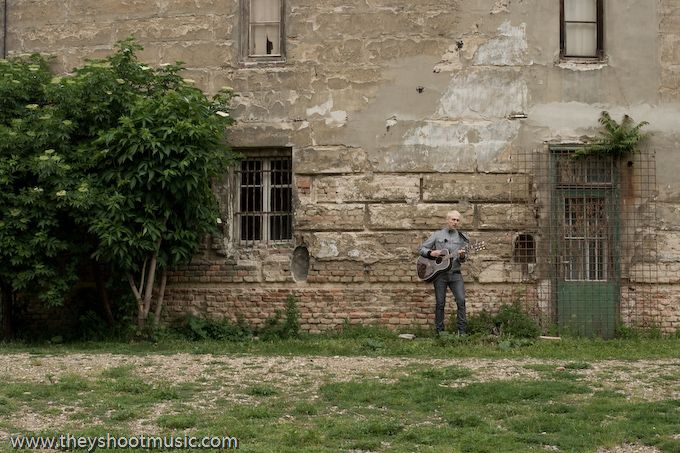

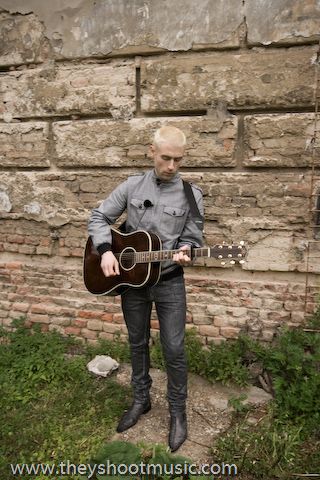
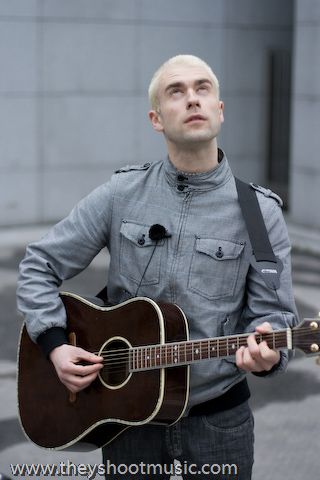
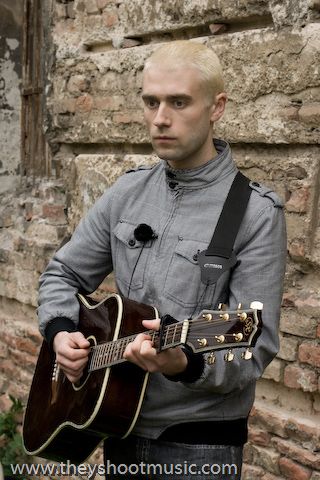
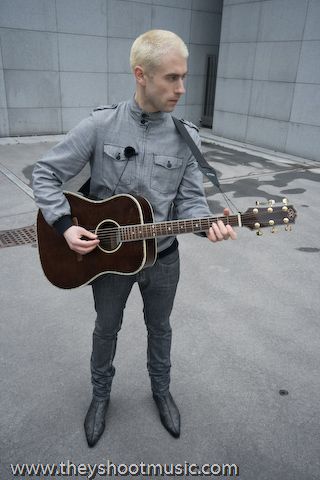

Narrenturm
Five floors with 28 cells on each level confining up to 250 mentally ill persons – that is what the fortification-like rotunda was built for. Constructed in 1784 under the rule of the Emperor Josef II, planned by Isidor Canevale, his architect at court, the tower became the first psychiatric institution in Europe. Although the medical attendance was far away from today’s standards for mental asylums, the founding of the institution was at least a step in the direction of taking care instead of simply locking away. Nonetheless the narrow premises resemble prison cells circularly arranged around the nerve center. The only windows to the world are small slits in massive walls. Shut down in 1866 Narrenturm (which can be translated as Tower of Fools) now houses the Federal Pathologic-anatomical Museum where bodily parts and their clinical picture are described and exposed in test tubes. The building is located in an outer court of the former general hospital which is nowaday’s university campus. Conterminous to the idyllic public green with relaxing students and playing kids the Narrenturm leaves a queasy feeling as a relict of an other time.